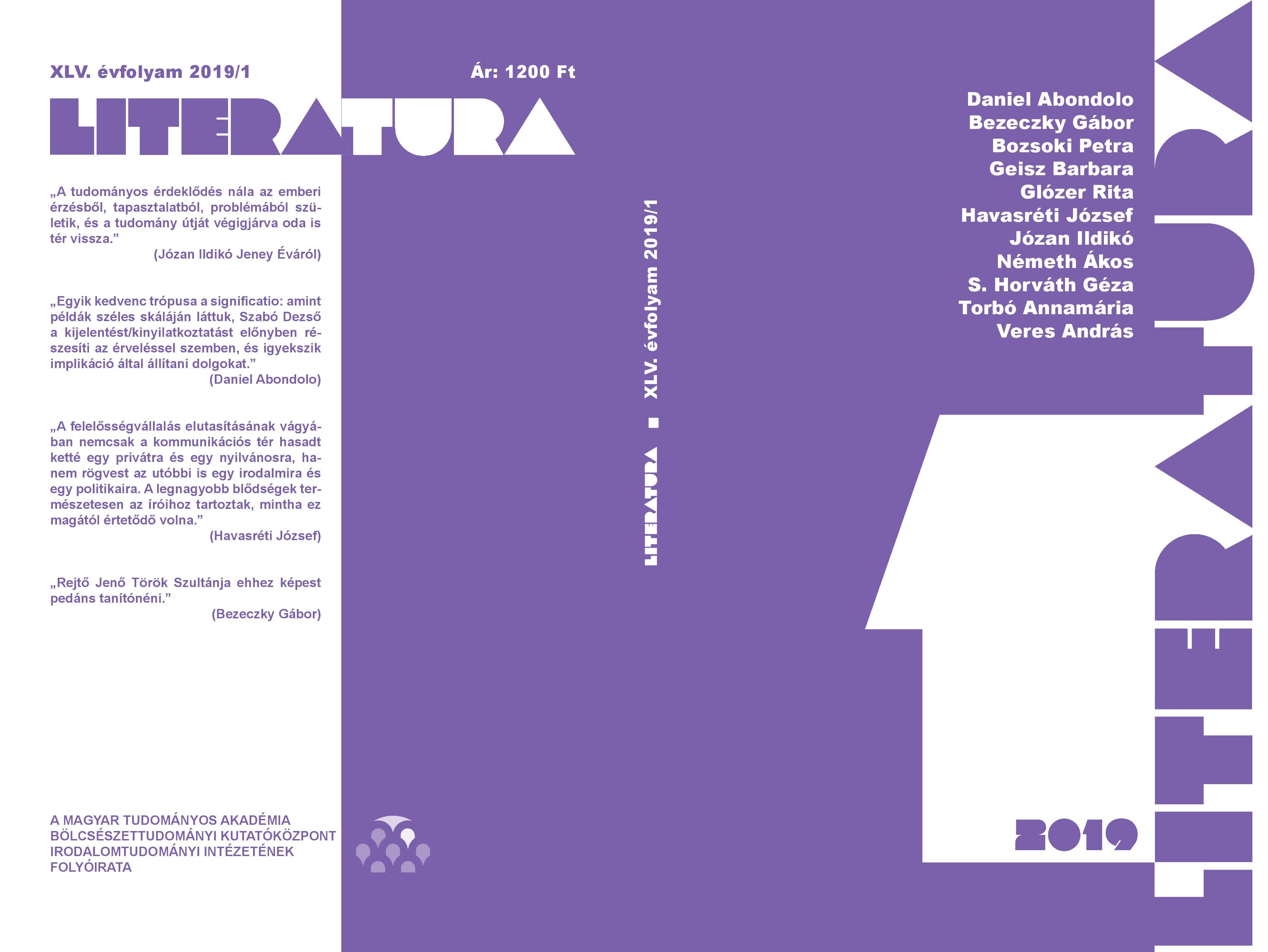A stíluson keresztül megközelített személyiség
Szabó Dezső komolyan zavarba ejtő alakjáról
Abstract
Daniel Abondolo
Approaching Personality through Style
The Seriously Perplexing Figure of Dezső Szabó
In the first half of the 20th century, in his prime, Dezső Szabó was an extravagant figure with a stentorian voice in Hungarian literature, representing all kinds of radicalism of his age. He is usually classified as a leading figure of the so-called folk(ish) writers („népi írók”), partly due to his being a descendant of Seklers, a specific Hungarian ethnic group of Transylvania, and partly due to his self-identification as a mouthpiece of the rural population, i.e. peasants. The author is approaching Dezső Szabó’s figure through his language, revealing the hidden layers of his style that betrays Dezső Szabó’s training in Finno-Ugric linguistics, acquired as a student in the famous Eötvös College, a satellite of Budapest university, in 1900–1904. In spite of his self-proclaimed role as a people’s tribune and a man of primordial instincts, Dezső Szabó was actually a „highbrow”, a highly educated philologist versatile not only in Hungarian, its cognate Ob-Ugric and Finnish languages, but also in French, Italian and German languages and cultures as well. The author analyzes Dezső Szabó’s poetic language from the lowest level of phonology through the higher levels of morphology and phrase structure, touching upon also the highest level of syntax. The author demonstrates: in addition to the dominant features of Hungarian, Ob-Ugric and Finnish linguistic devices, there are also traces of French, Italian and German poetic figures in Dezső Szabó’s linguistic universe, a constellation that makes Dezső Szabó, no matter how exotic, a completely European literary gentleman.



